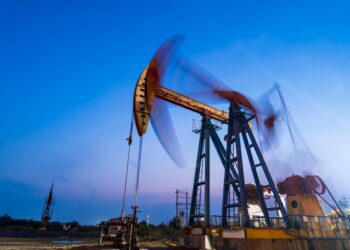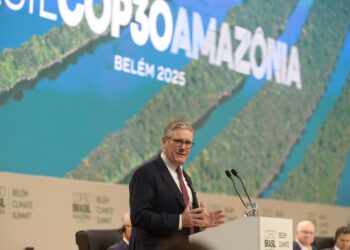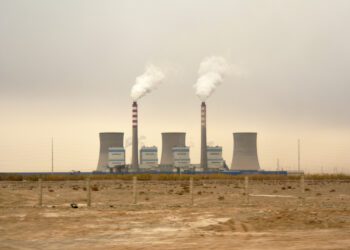In much of the world, the best alternative to coal is natural gas, a fossil fuel that releases less carbon. Getting more countries to use gas will reduce emissions in the short term. But that switch comes with an unintended consequence. In a new paper, Bård Harstad, a professor of political economy at Stanford Graduate School of Business, and Katinka Holtsmark, an assistant professor of economics at the University of Oslo, show that natural gas exports have the effect of discouraging investments in renewable energy. Ultimately, that will increase carbon emissions over the long term, a dilemma the authors call “the gas trap.”
“The gas trap means that countries that are very climate-concerned might increase gas production even more,” says Harstad, a senior fellow at the Stanford Institute for Economic Policy Research. “The more they care about climate change, the more they try to outcompete coal. But the outcome of this well-intended action is a reduction in the investments of renewables and, ultimately, more emissions.”
Harstad hopes to alert policymakers and show them a way to avoid this pitfall. “Our hope is that this paper provides a warning,” he says. “Unless countries find a way to commit to reducing or regulating their production of natural gas, then their eagerness to compete with coal might do more harm than good.”
One temporary solution is natural gas, which releases about half the carbon emissions of coal. Switching to this “transition fuel” could give countries time to create more solar arrays and wind farms while satisfying their power needs with a less dirty solution. To incentivize other countries to buy natural gas, exporters make it cheap by extracting lots of it and undercutting the price of coal.
The alternative, Harstad and Holtsmark say, is for natural gas producers to make credible commitments to producing less so that investors who are looking more than a year into the future can see that it will be more profitable to put money into renewable energy in the long run. Fossil fuels won’t always be the cheapest option, but Harstad says renewables can take a few years to catch up and build capacity.
In their paper, Harstad and Holtsmark suggest three policies that would effectively limit natural gas production and jumpstart the market for renewables. The first is for gas-producing countries to make large-scale investments in renewables. Harstad says this would be a great option in places without a lot of renewable technology and where construction is cheap. However, this policy wouldn’t be feasible in Norway, where the cost of building large solar arrays, for example, is so expensive that it’s not realistic.
Another solution would be to levy a tax on search and exploration for natural gas. “Keeping new areas closed for exploration, or even limiting the number of licenses provided to the industry in already opened areas, must be expected to affect future extraction, and can thus pose as a commitment mechanism,” the authors write. Because it takes a year or more for new natural gas fields to be mined, these limits would reassure investors that the energy market will stay stable in the future and that it will be profitable to invest in renewables. In the U.S., the Biden administration used a similar strategy by limiting the creation of new terminals that could export natural gas.
Finally, Harstad and Holtsmark suggest creating a coalition of natural gas producers, similar to OPEC, which could work together to regulate prices. Such a coalition could include countries that are not highly motivated to combat climate change but would benefit from higher natural gas prices that boost their export revenues. With more financial incentives to switch to renewables, this arrangement could help steer more countries away from the gas trap.












